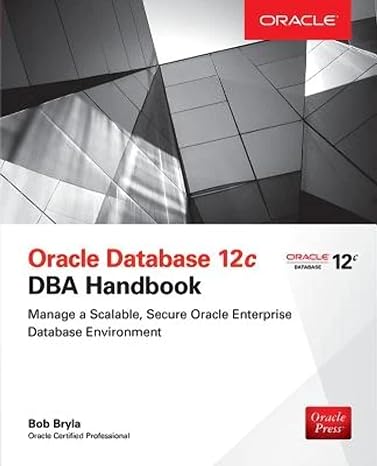Answered step by step
Verified Expert Solution
Question
1 Approved Answer
True False f(n)=O(h(n)) and g(n)=O(h(n))(f(n)+g(n))=O(h(n)) f(n)=O(h(n)) and g(n)=O(h(n))(f(n)g(n))=O(h(n)) log2(n)=(log10(n)) Quicksort, whose average case runtime is O(nlogn) and worst case runtime is O(n2), is an optimal

Step by Step Solution
There are 3 Steps involved in it
Step: 1

Get Instant Access to Expert-Tailored Solutions
See step-by-step solutions with expert insights and AI powered tools for academic success
Step: 2

Step: 3

Ace Your Homework with AI
Get the answers you need in no time with our AI-driven, step-by-step assistance
Get Started


